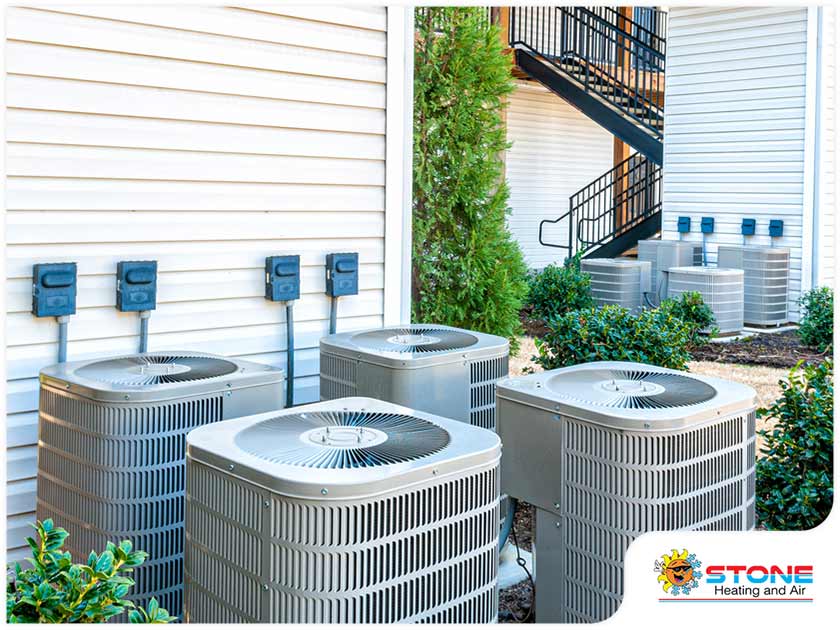Central Air vs. Forced-Air Systems: Which Is the Better Choice?
In this day and age, the HVAC industry uses jargon that the typical homeowner may not understand. However, it’s important to be knowledgeable about it in order to be better informed about how heating and cooling systems work. One of the main things that homeowners get confused about is which type of system they should pick: central or forced-air? In this post, your duct cleaning specialist, Stone Heating and Air, explains the difference between the two.

What’s a Forced-Air System?
A forced-air system is another term to describe heating equipment such as a furnace. While this information holds true, it can still be confusing to the average homeowner. Technically speaking, a forced-air system is any HVAC system that distributes temperature-controlled air through a house using ducts or vents. Some examples include furnaces, heat pumps and air conditioning units.
What’s Central Air Conditioning?
According to HVAC maintenance companies, a central air conditioning system uses a closed loop of cold cycled air to bring comfort to your home once the summer season rolls around. When it comes to cooling it, there are three main components that work together to do so; namely. the condenser, compressor and evaporator coil. You’ll find your condenser and compressor in your outdoor unit, while the evaporator coil is found inside. These components work together to pull cold air into the vents and keep hot air out.
What’s the Difference?
The main difference between the two systems is that central air conditioning primarily refers to a cooling system. A central air conditioning system utilizes the forced-air system within your home, like an air conditioning unit, to deliver cold air through vents and ducts to provide comfort on a hot summer day.
Category: Air Conditioning, HVAC
Request An Appointment
Related Content



